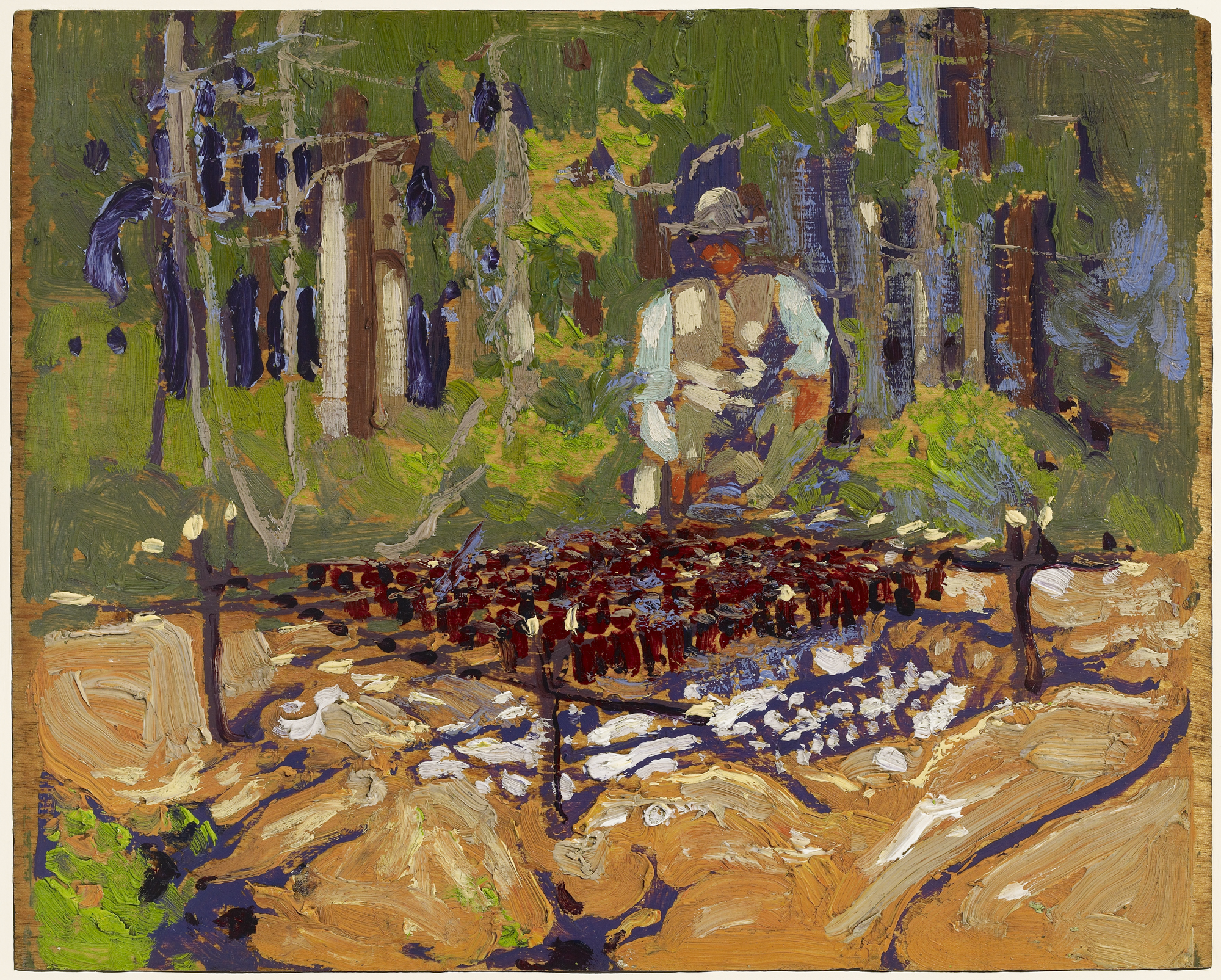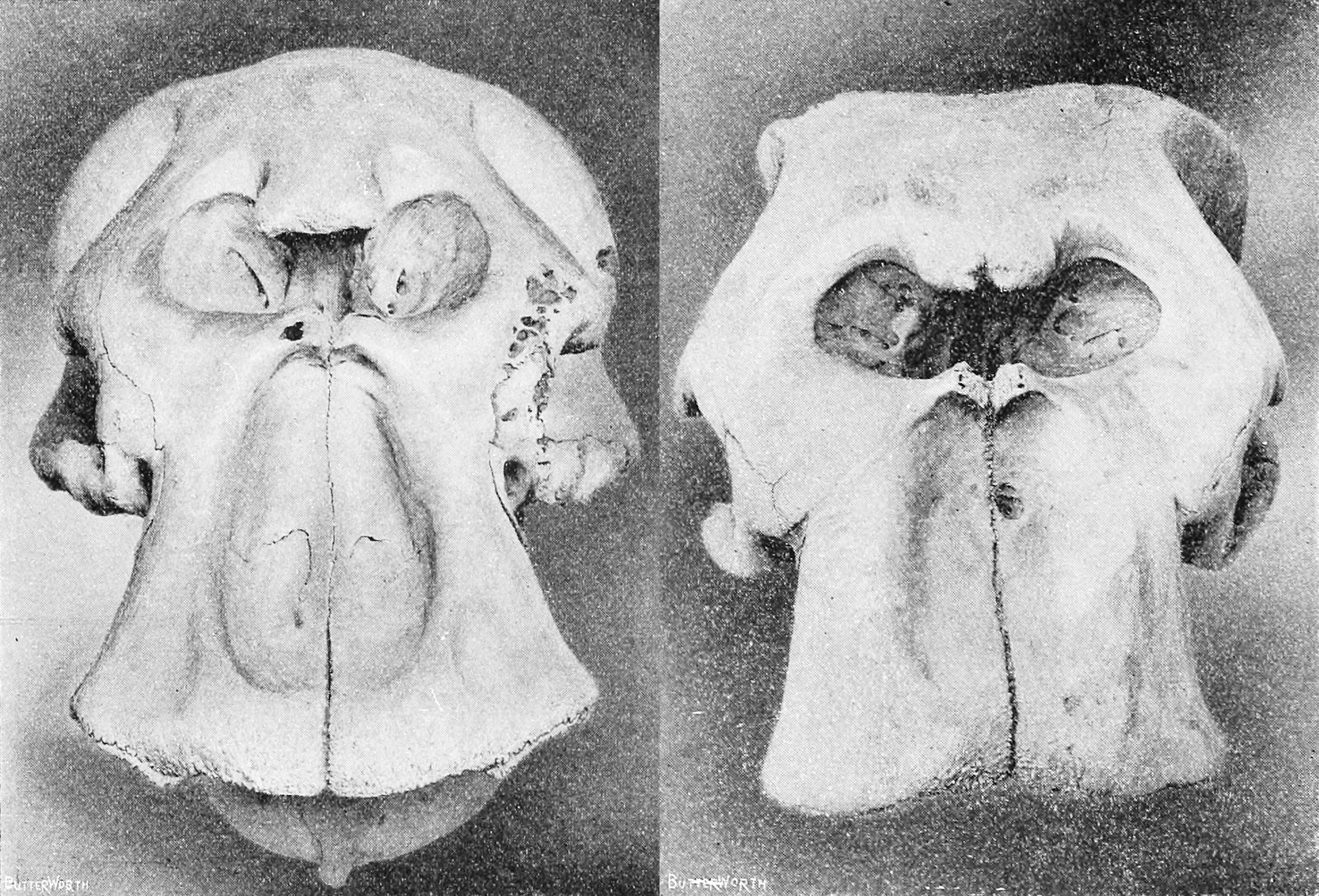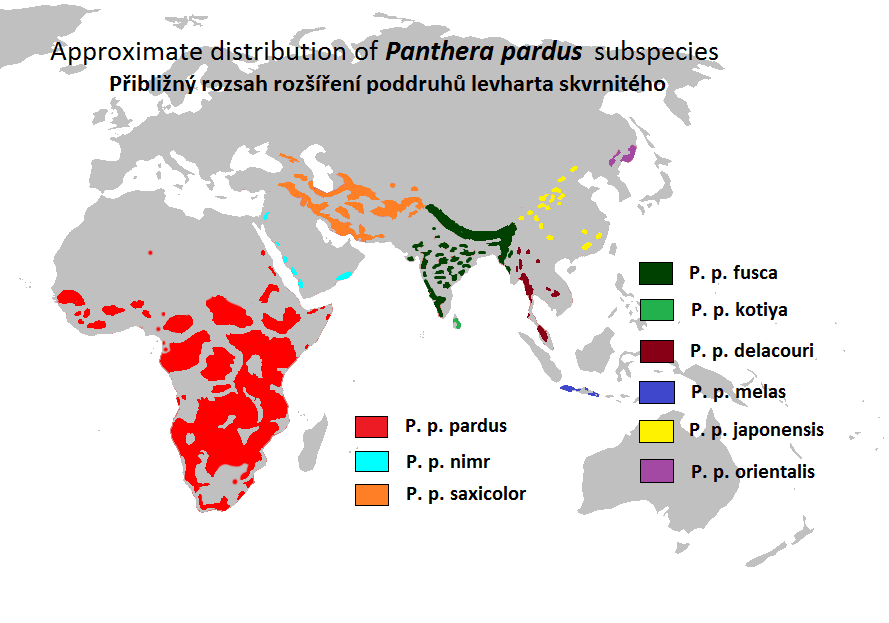|
WildEarth
WildEarth (founded in 2006 by Emily Wallington and Graham Wallington) is a British-South African broadcasting and conservation company primarily based at Djuma Game Reserve, part of the Sabi Sand Game Reserve in South Africa, who focus on connecting people with African Wildlife. The company is best known for its live drives (formerly known as SafariLive during WildEarth's partnership with National Geographic from 2017 to 2019), which take place twice a day in Sabi Sands and Pridelands. Former locations included Tswalu Kalahari, Karongwe Private Game Reserve, Phinda, Ngala and Arathusa. The company has been featured on news broadcasts such as CNN, The Washington Post, NBC News, Yahoo! and BBC News due to the popularity and viewship of the live drives increasing during the COVID-19 pandemic, which has restricted international travel to and from Africa. From 2020 to 2021, WildEarth collaborated with guiding companies such as AndBeyond, who broadcast the drives from both Ngala and ... [...More Info...] [...Related Items...] OR: [Wikipedia] [Google] [Baidu] |
Djuma Game Reserve
Djuma Game Reserve, is a 1,200 ha private game reserve, which is part of the Sabi Sand Game Reserve, Mpumalanga Province, South Africa. It is situated on the western border of the Kruger National Park, which together with some other parks make up the Greater Kruger National Park. The name ''Djuma'' refers to the roar of a lion. Fauna The fauna includes the Big Five Game, Big Five, as well as Impala, Kudu, Hippopotamus, Spotted hyena, Hyena, and a great number of birds, reptiles and insects. The wildlife can be viewed on a website, WildEarth, WildEarth.tv, as well as on YouTube, Twitch (service), Twitch, Twitter and Facebook. The website offers a live camera on the Djuma area near Gowrie Dam which is remotely operated by volunteers around the world, as well as 3 hour live game drives that are streamed twice a day by South African company WildEarth. [...More Info...] [...Related Items...] OR: [Wikipedia] [Google] [Baidu] |
Phinda Private Game Reserve
Phinda Private Game Reserve (), formerly known as Phinda Resource Reserve, is a private game reserve situated in KwaZulu-Natal, South Africa, between the Mkuze Game Reserve and the iSimangaliso Wetland Park. Designated in 1990, Phinda is derived from a Zulu phrase "Phinda Izilwane" meaning 'do again', or more poetically 'return of wildlife'. Phinda has seven distinct ecosystems ranging from palm savannah and mountain bush to rare sand forest and dense thornveld. In 1992 the reserve joined with two neighboring land owners to create the Mun-Ya-Wana Game Reserve. Through various land expansion projects, acquisitions, and agreements with local communities, the conservancy has grown to . Martindale, G., and S. Naylor. "Mun-Ya-Wana Conservancy Management Plan." (2018 The original idea for Phinda was developed by Kevin Leo-Smith in 1986, when his company Agri-Plan Estates was offered the core Phinda South farm then known as Zulu Nyala, for sale. A deeds and map search showed that Zu ... [...More Info...] [...Related Items...] OR: [Wikipedia] [Google] [Baidu] |
Private Limited Company
A private limited company is any type of business entity in Privately held company, "private" ownership used in many jurisdictions, in contrast to a Public company, publicly listed company, with some differences from country to country. Examples include: the ''limited liability company, LLC'' in the United States, ''private company limited by shares'' in the United Kingdom, ''GmbH'' in Germany and Austria, (BV) in The Netherlands and Belgium, (SARL) in France, (S.r.l.) in Italy, and (SRL) in the Hispanophone, Spanish-speaking world. The benefit of having a private limited company is that there is limited liability. Abbreviations Albania In Albania, a limited liability company () is a commercial company founded by persons of physical or judicial status, who are not liable for the company and personally bear losses only up to the outstanding contribution agreements. Partners' contributions constitute the registered capital of a limited liability company. Each partner has ... [...More Info...] [...Related Items...] OR: [Wikipedia] [Google] [Baidu] |
South African Broadcasting Corporation
The South African Broadcasting Corporation (SABC) is the public broadcaster in South Africa, and provides 19 radio stations (Amplitude modulation, AM/Frequency modulation, FM) as well as 6 television broadcasts and 3 OTT Services to the general public. It is one of the largest of State-owned enterprises of South Africa, South Africa's state-owned enterprises and the biggest state broadcaster in Africa. Opposition politicians and civil society often criticise the SABC, accusing it of being a mouthpiece for whichever political party is in majority power, thus currently the ruling African National Congress; during the apartheid era it was accused of playing the same role for the National Party (South Africa), National Party government. Company history Early years Radio broadcasting in Union of South Africa, South Africa began in 1923, under the auspices of South African Railways, before three radio services were licensed: the Association of Scientific and Technical Societies (AS&T ... [...More Info...] [...Related Items...] OR: [Wikipedia] [Google] [Baidu] |
Broadcasting In South Africa
Broadcasting is the distribution of audio audiovisual content to dispersed audiences via a electronic mass communications medium, typically one using the electromagnetic spectrum (radio waves), in a one-to-many model. Broadcasting began with AM radio, which came into popular use around 1920 with the spread of vacuum tube radio transmitters and receivers. Before this, most implementations of electronic communication (early radio, telephone, and telegraph) were one-to-one, with the message intended for a single recipient. The term ''broadcasting'' evolved from its use as the agricultural method of sowing seeds in a field by casting them broadly about. It was later adopted for describing the widespread distribution of information by printed materials or by telegraph. Examples applying it to "one-to-many" radio transmissions of an individual station to multiple listeners appeared as early as 1898. Over-the-air broadcasting is usually associated with radio and television, though ... [...More Info...] [...Related Items...] OR: [Wikipedia] [Google] [Baidu] |
Poaching
Poaching is the illegal hunting or capturing of wild animals, usually associated with land use rights. Poaching was once performed by impoverished peasants for subsistence purposes and to supplement meager diets. It was set against the hunting privileges of nobility and territorial rulers. Since the 1980s, the term "poaching" has also been used to refer to the illegal harvesting of wild plants. In agricultural terms, the term 'poaching' is also applied to the loss of soils or grass by the damaging action of feet of livestock, which can affect availability of productive land, water pollution through increased runoff and welfare issues for cattle. Stealing livestock, as in cattle raiding, classifies as theft rather than poaching. The United Nations' Sustainable Development Goal 15 enshrines the sustainable use of all wildlife. It targets the taking of action on dealing with poaching and trafficking of protected species of flora and fauna to ensure their availability for present ... [...More Info...] [...Related Items...] OR: [Wikipedia] [Google] [Baidu] |
Rhinoceros
A rhinoceros ( ; ; ; : rhinoceros or rhinoceroses), commonly abbreviated to rhino, is a member of any of the five extant taxon, extant species (or numerous extinct species) of odd-toed ungulates (perissodactyls) in the family (biology), family Rhinocerotidae; it can also refer to a member of any of the extinct species of the superfamily Rhinocerotoidea. Two of the extant species are native to Africa, and three to South Asia, South and Southeast Asia. Rhinoceroses are some of the largest remaining megafauna: all weigh over half a tonne in adulthood. They have a herbivore, herbivorous diet, small brains for mammals of their size, one or two horns, and a thick , protective skin formed from layers of collagen positioned in a crystal structure, lattice structure. They generally eat leafy material, although their ability to ferment food in their colon (anatomy), hindgut allows them to subsist on more fibrous plant matter when necessary. Unlike other perissodactyls, the two African ... [...More Info...] [...Related Items...] OR: [Wikipedia] [Google] [Baidu] |
African Elephant
African elephants are members of the genus ''Loxodonta'' comprising two living elephant species, the African bush elephant (''L. africana'') and the smaller African forest elephant (''L. cyclotis''). Both are social herbivores with grey skin. However, they differ in the size and colour of their tusks as well as the shape and size of their ears and skulls. Both species are at a pertinent risk of extinction according to the IUCN Red List; as of 2021, the bush elephant is considered endangered while the forest elephant is considered critically endangered. They are threatened by habitat loss and fragmentation, along with poaching for the illegal ivory trade in several range countries. ''Loxodonta'' is one of two extant genera in the family Elephantidae. The name refers to the lozenge-shaped enamel of their molar teeth. Fossil remains of ''Loxodonta'' species have been found in Africa, spanning from the Late Miocene (from around 7–6 million years ago) onwards. Etymology T ... [...More Info...] [...Related Items...] OR: [Wikipedia] [Google] [Baidu] |
Hippopotamus
The hippopotamus (''Hippopotamus amphibius;'' ; : hippopotamuses), often shortened to hippo (: hippos), further qualified as the common hippopotamus, Nile hippopotamus and river hippopotamus, is a large semiaquatic mammal native to sub-Saharan Africa. It is one of only two extant species in the family Hippopotamidae, the other being the pygmy hippopotamus (''Choeropsis liberiensis'' or ''Hexaprotodon liberiensis''). Its name comes from the ancient Greek for "river horse" (). After elephants and rhinoceroses, the hippopotamus is the next largest land mammal. It is also the largest extant land artiodactyl. Despite their physical resemblance to pigs and other terrestrial even-toed ungulates, the closest living relatives of the hippopotamids are cetaceans (whales, dolphins, porpoises, etc.), from which they diverged about 55 million years ago. Hippos are recognisable for their barrel-shaped torsos, wide-opening mouths with large canine tusks, nearly hairless bodies, pillar ... [...More Info...] [...Related Items...] OR: [Wikipedia] [Google] [Baidu] |
Leopard
The leopard (''Panthera pardus'') is one of the five extant cat species in the genus ''Panthera''. It has a pale yellowish to dark golden fur with dark spots grouped in rosettes. Its body is slender and muscular reaching a length of with a long tail and a shoulder height of . Males typically weigh , and females . The leopard was first described in 1758, and several subspecies were proposed in the 19th and 20th centuries. Today, eight subspecies are recognised in its wide range in Africa and Asia. It initially evolved in Africa during the Early Pleistocene, before migrating into Eurasia around the Early–Middle Pleistocene transition. Leopards were formerly present across Europe, but became extinct in the region at around the end of the Late Pleistocene-early Holocene. The leopard is adapted to a variety of habitats ranging from rainforest to steppe, including arid and montane areas. It is an opportunistic predator, hunting mostly ungulates and primates. It relies on it ... [...More Info...] [...Related Items...] OR: [Wikipedia] [Google] [Baidu] |
Spotted Hyena
The spotted hyena (''Crocuta crocuta''), also known as the laughing hyena, is a hyena species, currently classed as the sole extant member of the genus ''Crocuta'', native to sub-Saharan Africa. It is listed as being of least concern by the IUCN due to its widespread range and large numbers estimated between 27,000 and 47,000 individuals. The species is, however, experiencing declines outside of protected areas due to habitat loss and poaching. Populations of ''Crocuta'', usually considered a subspecies of ''Crocuta crocuta'', known as cave hyenas, roamed across Eurasia for at least one million years until the end of the Late Pleistocene. The spotted hyena is the largest extant member of the Hyaenidae, and is further physically distinguished from other species by its vaguely bear-like build, rounded ears, less prominent mane, spotted pelt, more dual-purposed dentition, fewer nipples, and #Female genitalia, pseudo-penis. It is the only placental mammalian species where females hav ... [...More Info...] [...Related Items...] OR: [Wikipedia] [Google] [Baidu] |
Central Africa Time
Central Africa Time or CAT, is a time zone used in north central, east central and southern Africa. Central Africa Time is two hours ahead of Coordinated Universal Time ( UTC+02:00), which is the same as the adjacent South Africa Standard Time, Egypt Standard Time, Eastern European Time, Kaliningrad Time and Central European Summer Time. As this time zone is in the equatorial and tropical regions, there is little change in day length throughout the year and so daylight saving time is not observed. Central Africa Time is observed by the following countries: * * * (eastern provinces) * * * * * * * * The following countries in Africa also use an offset of UTC+02:00 all-year round: * (observes South African Standard Time) * (observes South African Standard Time) * (observes Eastern European Time) * (observes South African Standard Time) See also * Egypt Standard Time, an equivalent (except during daylight savings) time zone covering Egypt, also at UTC+02:00 * Kaliningrad T ... [...More Info...] [...Related Items...] OR: [Wikipedia] [Google] [Baidu] |






